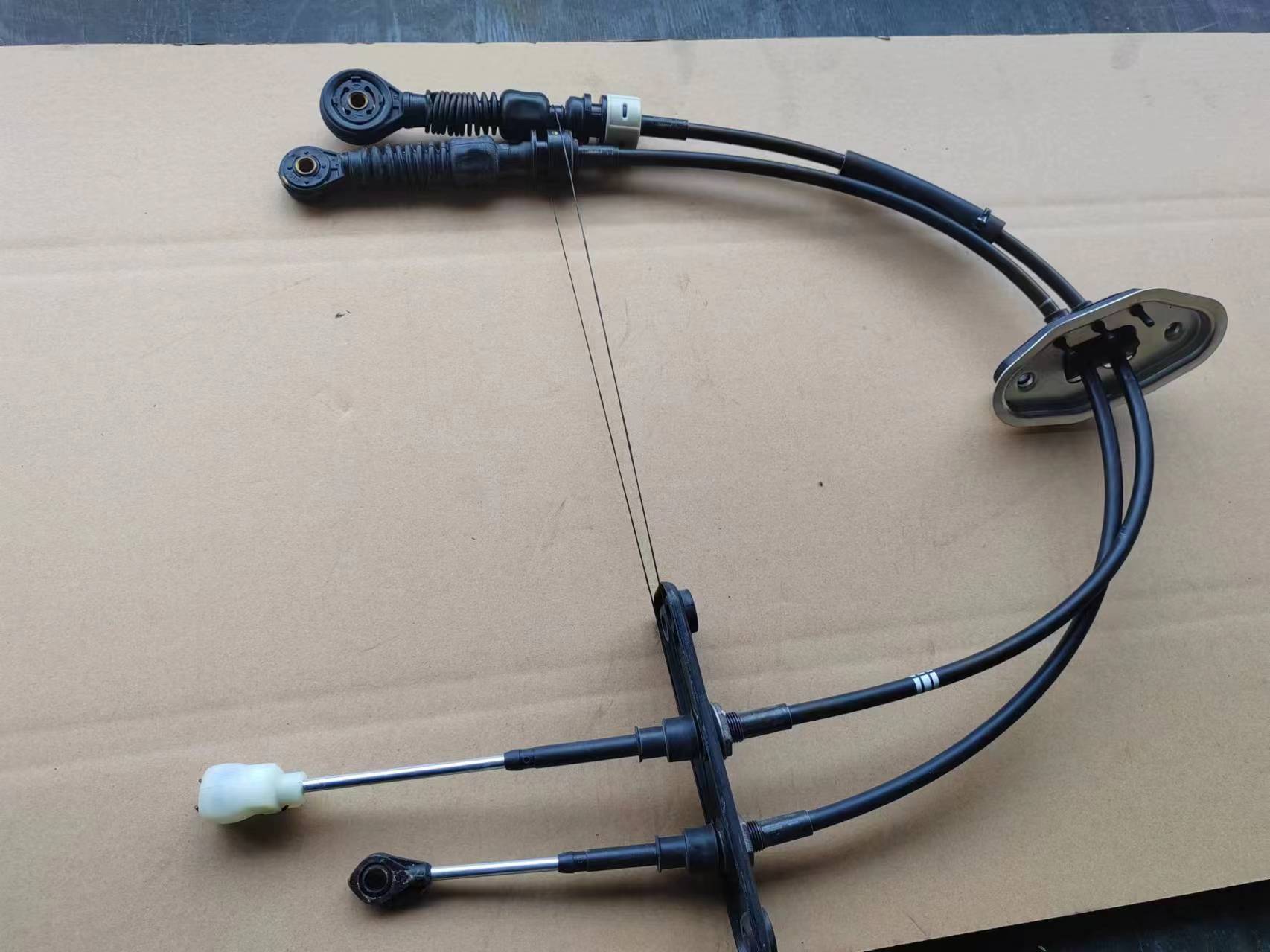clutch slave cylinder hydraulic line
Understanding the Clutch Slave Cylinder Hydraulic Line Function and Maintenance
The clutch slave cylinder plays a crucial role in the operation of manual transmission vehicles. It is a component of the hydraulic system that allows the driver to disengage the clutch, enabling smooth gear shifts. The hydraulic line connected to the clutch slave cylinder is essential for transmitting pressure from the clutch master cylinder to the slave cylinder. This article will explore the function of the clutch slave cylinder hydraulic line, how it operates, common issues, and maintenance tips.
The Function of the Clutch Slave Cylinder
The clutch system in a manual transmission vehicle consists of several components, including the clutch pedal, master cylinder, slave cylinder, and the hydraulic line that connects them. When the driver presses the clutch pedal, the clutch master cylinder creates hydraulic pressure. This pressure is transmitted through the hydraulic line to the clutch slave cylinder, which, in turn, moves the clutch fork to disengage the clutch plate from the flywheel. This disengagement allows the driver to shift gears smoothly.
The clutch slave cylinder is typically mounted on the transmission housing and is designed to withstand the pressure exerted during operation. The hydraulic fluid used in this system is usually brake fluid, which is capable of resisting high temperatures and providing consistent performance.
How the Hydraulic Line Works
The hydraulic line acts as a conduit for the hydraulic fluid between the master and slave cylinders. This line must be durable and resistant to wear, as it experiences repeated pressure fluctuations. When the clutch pedal is depressed, the fluid travels through the line to the slave cylinder, where it exerts force on the piston inside the cylinder, disengaging the clutch.
One of the essential characteristics of the hydraulic line is its ability to maintain pressure without allowing air to enter the system. Air in the hydraulic line can lead to a spongy clutch pedal feel and ineffective clutch disengagement. Therefore, it is crucial to ensure that the hydraulic line is free from leaks and imperfections.
Common Issues with the Hydraulic Line
Several problems can arise with the clutch slave cylinder hydraulic line, affecting the overall performance of the clutch system. Common issues include
1. Leaking Hydraulic Fluid Over time, the hydraulic line may develop leaks due to wear and tear or damage from road debris. A leak can lead to a decrease in hydraulic pressure, resulting in difficulty disengaging the clutch.
clutch slave cylinder hydraulic line

2. Air in the System If the hydraulic line is not properly sealed, air can enter the system, which can cause clutch engagement issues. It is vital to bleed the hydraulic system to remove any trapped air.
3. Clogged Lines Dirt or debris can occasionally clog the hydraulic line, restricting fluid flow. This can lead to inadequate pressure reaching the slave cylinder, making it hard to disengage the clutch.
Maintenance Tips
To ensure the clutch slave cylinder and its hydraulic line function optimally, regular maintenance is crucial. Here are some tips
1. Check for Leaks Regularly inspect the hydraulic line and the clutch slave cylinder for any signs of leaks. Address any leaks immediately to prevent further damage.
2. Keep Fluid Levels Adequate Ensure that the hydraulic fluid is at the correct level. Low fluid levels can lead to air entering the system and affecting performance.
3. Bleed the System If you experience a spongy clutch pedal or difficulty shifting gears, consider bleeding the hydraulic system to remove any trapped air.
4. Inspect for Wear and Tear Regularly examine the hydraulic line for any signs of wear, such as cracks or abrasions, and replace it if necessary.
Conclusion
The clutch slave cylinder hydraulic line is a vital component of the manual transmission system, facilitating smooth gear shifts by transmitting hydraulic pressure. Understanding its function, maintaining it properly, and addressing any issues promptly can contribute to the overall performance and longevity of your vehicle's clutch system. By keeping an eye on the system’s health, drivers can enjoy a smoother driving experience with fewer transmission issues.
-
Workings of Clutch Pipe and Hose SystemsNewsJun.04,2025
-
The Inner Workings of Hand Brake Cable SystemsNewsJun.04,2025
-
The Secrets of Throttle and Accelerator CablesNewsJun.04,2025
-
The Hidden Lifeline of Your Transmission Gear Shift CablesNewsJun.04,2025
-
Demystifying Gear Cables and Shift LinkagesNewsJun.04,2025
-
Decoding Clutch Line Systems A Comprehensive GuideNewsJun.04,2025
